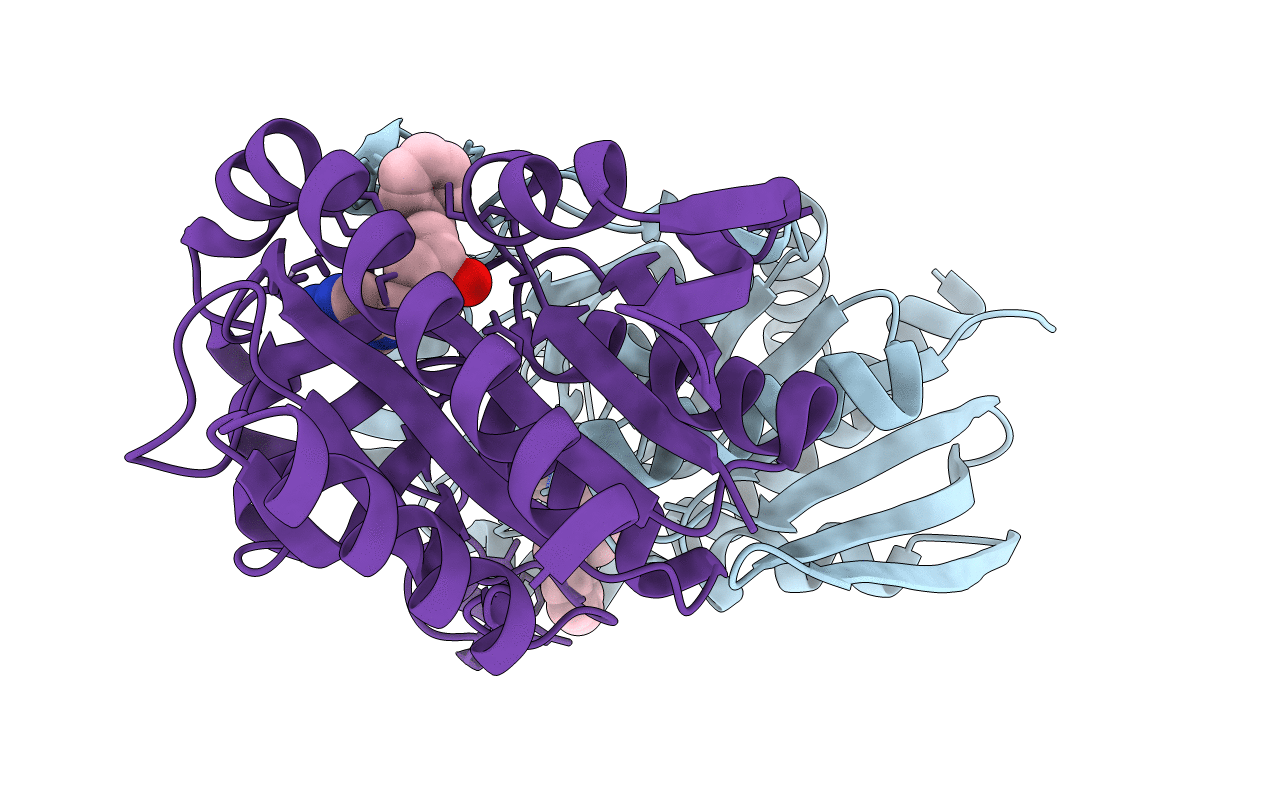
Deposition Date
2008-06-11
Release Date
2009-03-17
Last Version Date
2023-08-30
Entry Detail
PDB ID:
3DF9
Keywords:
Title:
Crystal structure of E. coli MTA/SAH nucleosidase in complex with BnT-DADMeImmA
Biological Source:
Source Organism:
Escherichia coli (Taxon ID: 562)
Host Organism:
Method Details:
Experimental Method:
Resolution:
1.95 Å
R-Value Free:
0.20
R-Value Work:
0.17
R-Value Observed:
0.17
Space Group:
P 21 21 21


